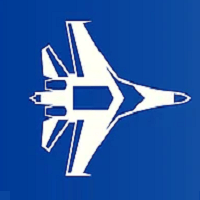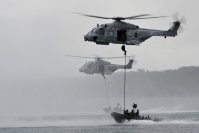In the margins of the NATO Defence Ministerial meeting on 16 June, the Ministers of France, Germany, Greece, Italy, the Netherlands and the United Kingdom dedicated 26.7 million EUR to define the future of their helicopter fleets under NATO’s Next Generation Rotorcraft Capability (NGRC) project. In cooperation with industry, the participants will start from a clean sheet to explore how to match their needs with the latest technology on the market, looking at options such as hybrid and electric propulsion, a systematic open system architecture, and the delivery of radically improved flight characteristics.
“This is a clear example of NATO and Allies working together to harness fast-changing technology for the benefit of our military capabilities. By investing our resources and channelling our development through a multinational framework, we are making sure Allies will be equipped with the best available equipment”, stressed the NATO Deputy Secretary General Mircea Geoan?.
France, Germany, Greece, Italy and United Kingdom signed a Letter of Intent in October 2020 regarding cooperation on development and fielding of a Next Generation Rotorcraft Capability (NGRC). The requirement for continued rotary wing medium lift capabilities in line with NATO. Defence Planning Process (NDPP) targets for many AlliesMedium multi-role helicopters have a wide range of civilian and military uses. A lot of this type of rotorcraft currently operated by Allies will reach the end of their life-cycle in the next 15-25 years. The NATO Support and Procurement Agency (NSPA) will execute the Concept Stage on behalf of the participants.
The helicopter’s range should be at least 900 nautical miles (1,650 kilometers/1,025 miles) and endurance over five hours to eight hours with range tanks, adding that it should be able to cruise at more than 220 knots (407 km/miles per hour). The rotorcraft’s lifting capacity is expected to be 4,000 kilograms, with at least 2,500 kilograms of internal cabin payload at 80 percent fuel and a maximum mission take-off gross target weight at 10,000 kilograms (22,046 pounds)-17,000 kilograms (37,478 pounds). Ability for rapid reconfiguration of aircraft in accordance with operator’s individual requirements (Special ops, ASuW/ ASW / EW, SAR, PR, MEDEVAC, other).

